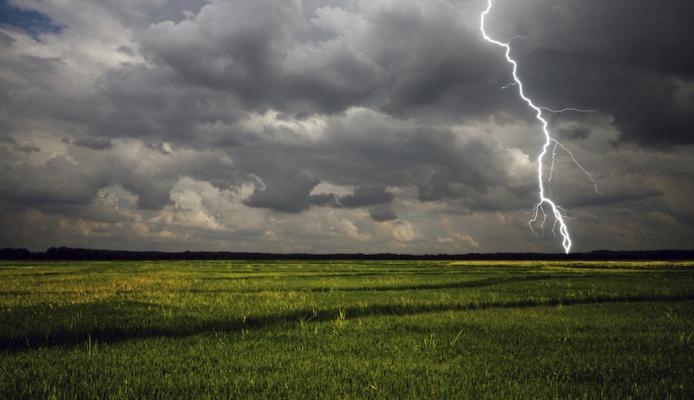
Land Atmosphere Interactions
Predicting the impacts of land surface and subsurface processes on regional weather, climate, and hydrology.

Land Atmosphere Interactions
Predicting the impacts of land surface and subsurface processes on regional weather, climate, and hydrology.
Our objectives are to understand, through modeling and observational studies, the complex interactions (including physical, hydrological, and biogeochemical interactions) between the land surface/subsurface and the atmosphere across scales.
The ultimate goal is to integrate relevant knowledge into numerical weather prediction and climate models in order to improve prediction of the impacts of land surface and subsurface processes on regional weather, climate, and hydrology. To achieve these objectives, a number of research and application studies are conducted.
Representative Projects
- Improve High-Resolution Forecasts for Cities: Improved high-resolution forecasts for cities with enhanced land-surface, boundary-layer, and radiation physics parameterization.
- NOAA Unified Forecast System: Improve the Unified Forecast System (UFS) skill by enhancing the representation of vegetation-snow-soil-hydrology interactions using the community Noah-MP land surface model (LSM) and WRF-Hydro
- Mountain snow hydrology: Built deeper understanding and reduced model uncertainties for snowpack processes and subsequent hydrology over the complex terrain.
- Subseasonal-to-seasonal (S2S) prediction of extremes: Improve scientific understanding and modeling capabilities for S2S predictions of droughts, fires, floods, heatwaves, etc, through land and hydrological processes as well as land-atmosphere interactions.
- Agriculture-weather/climate interactions: Enhance process-level knowledge and model physics in Noah-MP land model in the coupled weather/climate systems for the impacts of dynamic crop growth and agricultural practice (e.g,. irrigation, groundwater pumping, tile drainage, etc.) on regional weather/climate and their feedbacks.